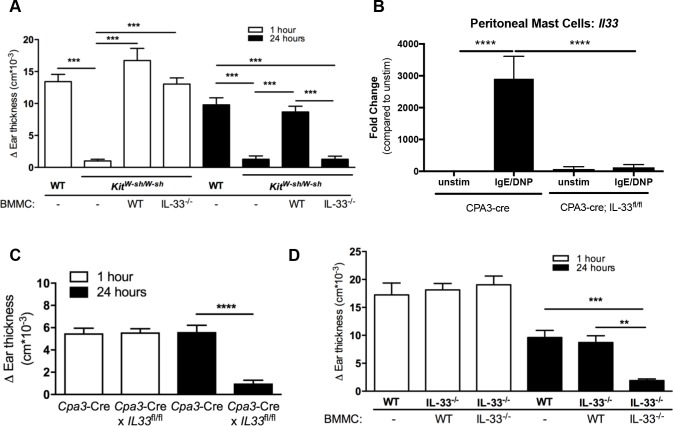Fig 2. Mast cell-derived IL-33 is necessary and sufficient to elicit ADTI.
(A) Ear skin of KitW-sh/W-sh mice was reconstituted after 8 weeks by intradermal injection of WT or Il33–/–BMMCs, and mice were rested for 1 week. Mice then underwent the PCA model as described in the methods. Ear thickness was measured at 0, 1, and 24 hours after challenge. (B) Il33 mRNA was analyzed by real-time RT-PCR from peritoneal-cell derived mast cells harvested from Cpa3-cre and Cpa3-Cre×Il33fl/fl-IRES-eGFP mice and stimulated with DNP-IgE/DNP-HSA for 4 hours. (C) Cpa3-cre and Cpa3-Cre×Il33fl/fl mice underwent the PCA model as described in the methods and ear thickness was measured at 0, 1, and 24 hours after challenge. (D) Ear skin from WT or Il33–/–mice were intradermally injected with WT or Il33–/–BMMCs and rested for 1 week. Mice then underwent the PCA model as described in the methods. Ear thickness was measured at 0, 1 and 24 hours after challenge. **P ≤ 0.01, ***P ≤ 0.001 and ****P ≤ 0.0001 (one-way ANOVA). Data are from at least 2 independent experiments, and the mean ± SEM of n = 4–12 mice per group in (A), n = 5–6 mice per group in (B), n = 22–27 mice per group in (C) and n = 6–7 mice per group in (D) are displayed.

